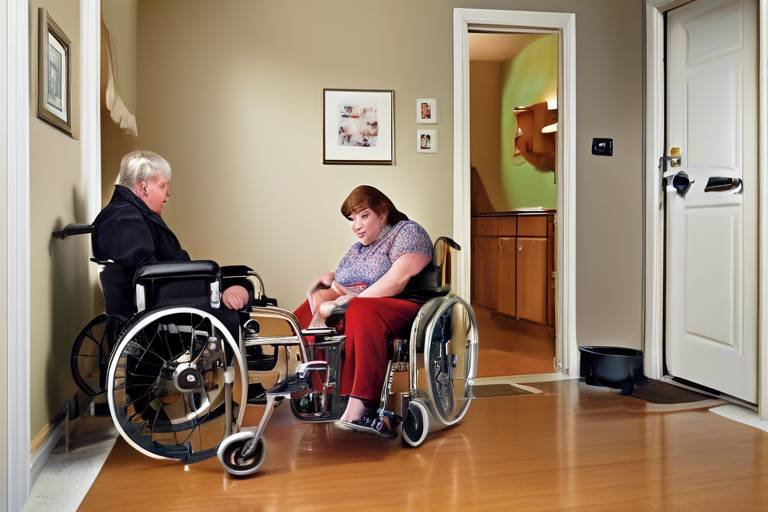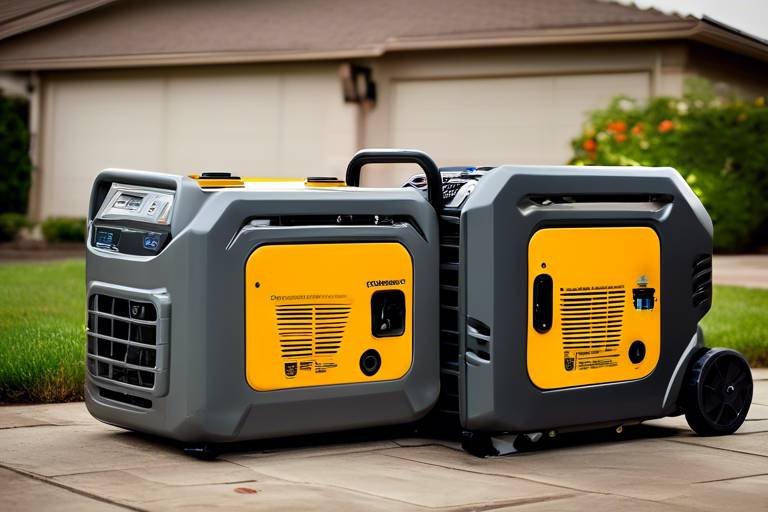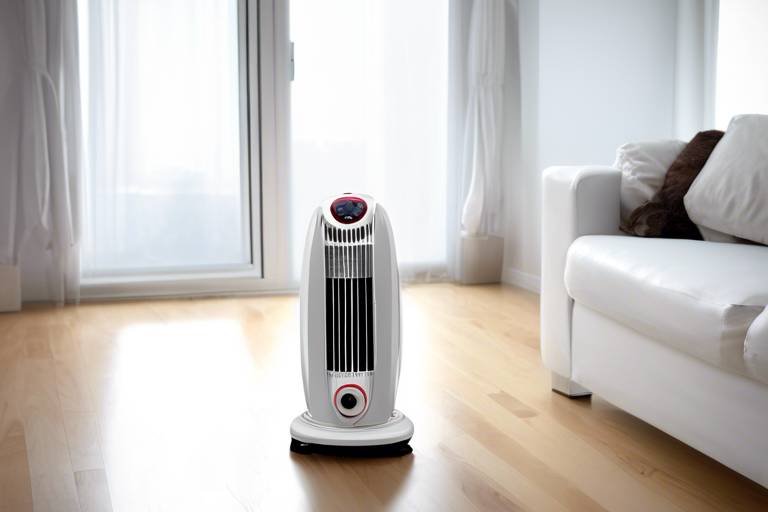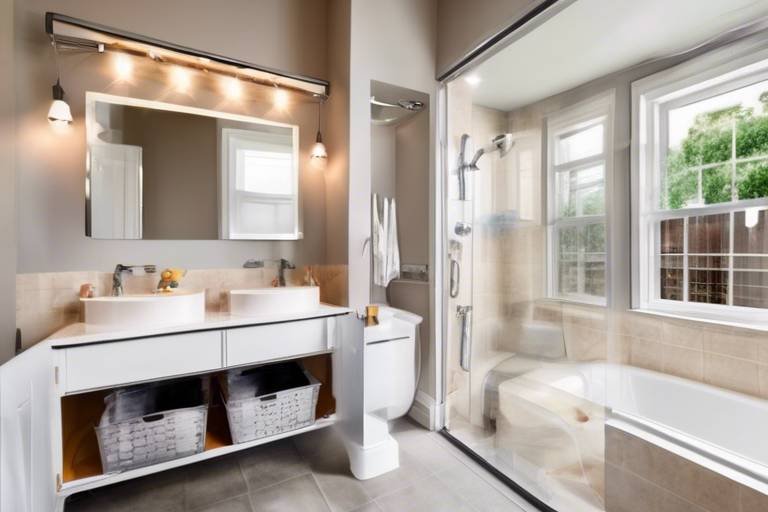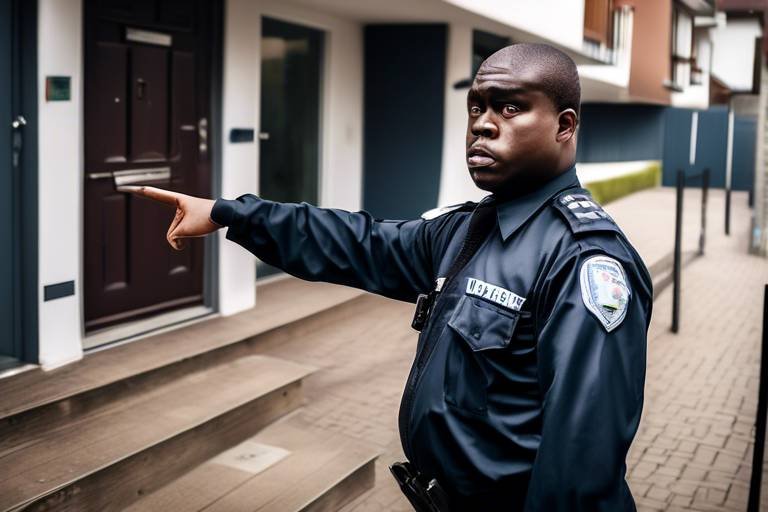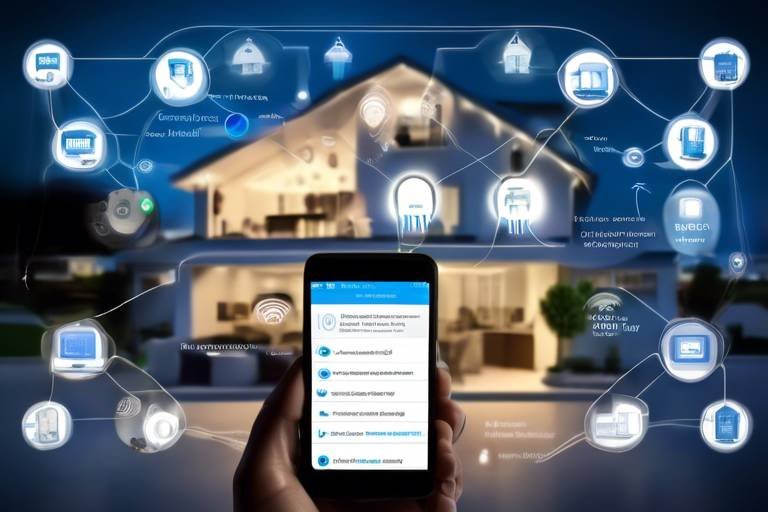Making Your Home Safe for Your Elderly Parents
As our parents age, the responsibility of ensuring their safety and well-being often falls on our shoulders. It can feel overwhelming, but making simple modifications to their living environment can significantly enhance their comfort and independence. Just imagine your elderly parents strolling through their home without fear of falling or encountering hazards. It's not just about safety; it's about preserving their dignity and allowing them to live life on their own terms. In this article, we will explore essential strategies and modifications that can transform their home into a safe haven, minimizing risks associated with aging while promoting a sense of security.
Identifying potential hazards in the home is crucial for ensuring the safety of elderly parents. Think of it as playing detective in your own home. You need to look for common risks that could lead to accidents. Start by examining the most frequently used areas, such as the kitchen, bathroom, and living room. Are there loose rugs that could trip them? Is the lighting dim in certain spots, making it hard for them to see? These are just a few examples of the hazards that can lurk in the shadows. By conducting a thorough assessment, you can effectively pinpoint these risks and take proactive measures to mitigate them.
Enhancing mobility and accessibility in the home can significantly reduce the risk of falls. This is where thoughtful modifications come into play. Consider installing ramps instead of stairs, or adding non-slip mats in areas that are prone to moisture, like the bathroom. The goal is to create an environment where your parents can move around freely without obstacles. If you think of your home as a maze, the last thing you want is for them to get lost or stuck. Practical aids, such as walkers or mobility scooters, can also be invaluable in helping them navigate their surroundings safely.
Grab bars provide essential support in bathrooms and hallways, acting as sturdy anchors that your parents can rely on. Imagine them reaching for a grab bar as they step out of the shower, feeling secure and stable. The best locations for installation include near toilets, in showers, and alongside staircases. When choosing grab bars, look for those made from durable materials that can withstand weight. It's not just about having them; it's about ensuring they are installed correctly and positioned at the right height for maximum safety.
The choice of flooring can impact safety significantly. Opt for flooring options that reduce slip risks and improve traction for elderly individuals. For instance, vinyl or rubber flooring can be excellent choices as they provide a non-slip surface. If your parents prefer carpets, ensure they are low-pile and firmly secured to the ground to prevent tripping. Remember, the floor is the foundation of their mobility, so it should be as safe as possible.
Clear pathways are vital for mobility. Take a moment to look around your home and assess the clutter. Is there furniture blocking the way? Are there items on the floor that could pose a tripping hazard? By decluttering and arranging furniture thoughtfully, you can create safe and accessible routes throughout the home. It's like creating a clear path through a dense forest; the easier it is to navigate, the safer they will feel.
Adequate lighting is essential for preventing accidents. Think about how a well-lit path feels compared to a dimly lit one. Good lighting can make all the difference in helping your parents see potential hazards before they become a problem. Focus on key areas such as staircases, hallways, and entrances. Consider using motion-sensor lights that automatically turn on when someone approaches, ensuring that your parents never have to fumble in the dark. This small change can lead to a significant increase in their safety and confidence.
Being prepared for emergencies can save lives. It's vital to create an emergency plan that outlines what to do in case of a fall, fire, or medical issue. Equip the home with necessary tools for quick responses, such as a first aid kit, flashlights, and a list of emergency contacts prominently displayed. Think of it as setting up a safety net; having a plan in place can provide peace of mind for both you and your parents.
Effective communication systems can alert family members in case of emergencies. Consider exploring various technology options that keep elderly parents connected, such as medical alert systems or smartphones with emergency contacts easily accessible. These tools can act as lifelines, providing immediate assistance when needed. Imagine your parents feeling empowered and secure, knowing they have a way to reach out for help at any moment.
An emergency kit is essential for unforeseen situations. Here are some necessary items to include in a kit tailored for elderly parents’ needs:
- First aid supplies
- Medications and a list of prescriptions
- Water and non-perishable snacks
- Flashlight and extra batteries
- Emergency contact list
Having this kit readily available can make a world of difference in a crisis, ensuring your parents have what they need to stay safe and secure.
Q: What are the most common hazards in a home for elderly individuals?
A: Common hazards include loose rugs, poor lighting, cluttered pathways, and slippery floors.
Q: How can I improve lighting in my parent's home?
A: Use bright LED bulbs, install motion-sensor lights, and ensure all areas are well-lit, especially staircases and hallways.
Q: What should I include in an emergency kit for elderly parents?
A: Include first aid supplies, medications, water, snacks, a flashlight, and an emergency contact list.
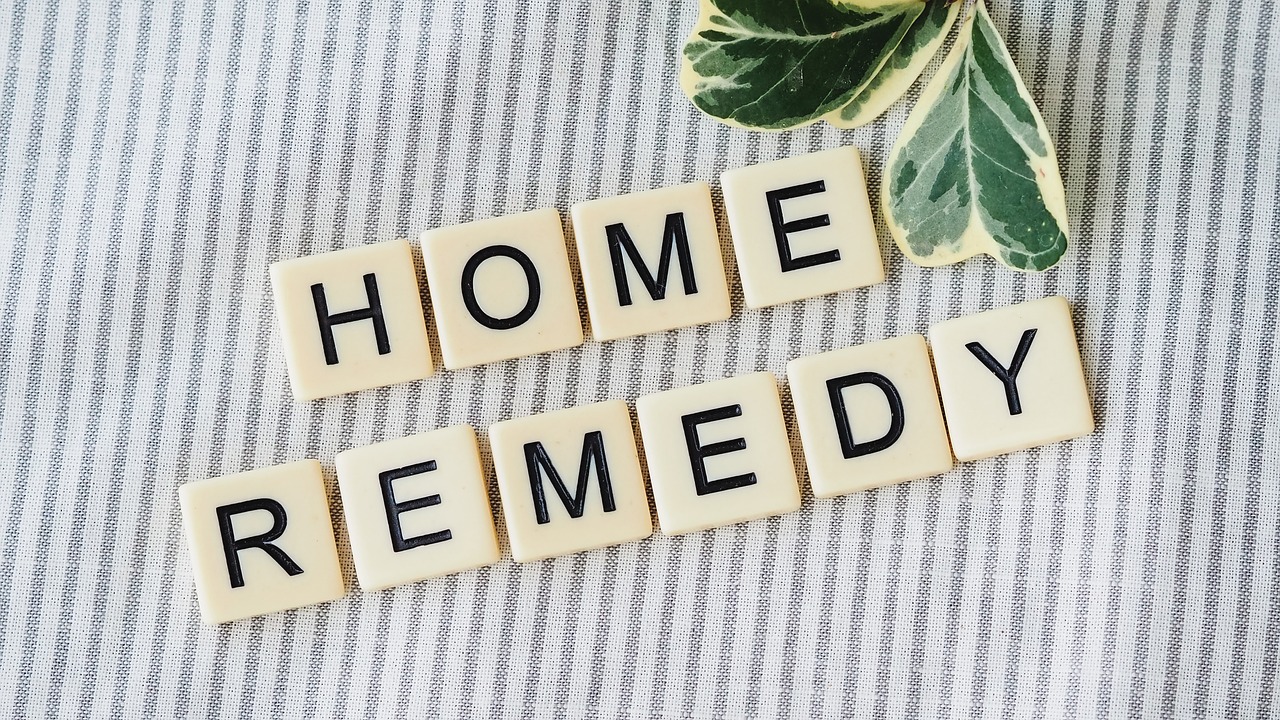
Assessing Home Hazards
When it comes to ensuring the safety of your elderly parents, the first step is to conduct a thorough assessment of their living environment. Identifying potential hazards is crucial, as it allows you to pinpoint areas that could pose risks and take proactive measures to mitigate them. Think of this process as being akin to a detective on a mission—you're on the lookout for clues that indicate danger. From slippery floors to cluttered hallways, many common household items can become hazards if not addressed properly.
Start by walking through each room of the house with a critical eye. Look for things that might seem innocuous at first but can lead to accidents. For instance, loose rugs can easily trip someone up, while poor lighting can make it difficult to navigate safely. It's essential to consider the unique challenges that aging brings, such as decreased vision, weakened balance, and slower reaction times. By understanding these factors, you can better assess the risks your parents might face on a daily basis.
Some common hazards to look for include:
- Slippery surfaces: Bathrooms and kitchens are notorious for being slippery, especially when wet.
- Clutter: Items strewn across floors or hallways can create obstacles that lead to falls.
- Poor lighting: Dimly lit areas can hide hazards and make it difficult to see where one is walking.
- Inaccessible storage: Items that are too high or too low can lead to awkward reaching and potential falls.
After identifying these hazards, consider creating a hazard assessment table to document your findings and prioritize which areas need immediate attention. This table can help you keep track of the modifications needed and serve as a checklist for improvements. Here’s a quick example of what that might look like:
| Room | Hazard Identified | Recommended Action |
|---|---|---|
| Bathroom | Slippery floor | Install non-slip mats |
| Living Room | Cluttered pathways | Declutter and rearrange furniture |
| Kitchen | Poor lighting | Add brighter bulbs and task lighting |
By systematically assessing the home, you can create a safer environment that promotes independence while minimizing risks. Remember, this isn't just about making changes; it's about enhancing the quality of life for your elderly parents. A safe home allows them to enjoy their space without the constant worry of accidents, ultimately leading to greater peace of mind for both them and you.
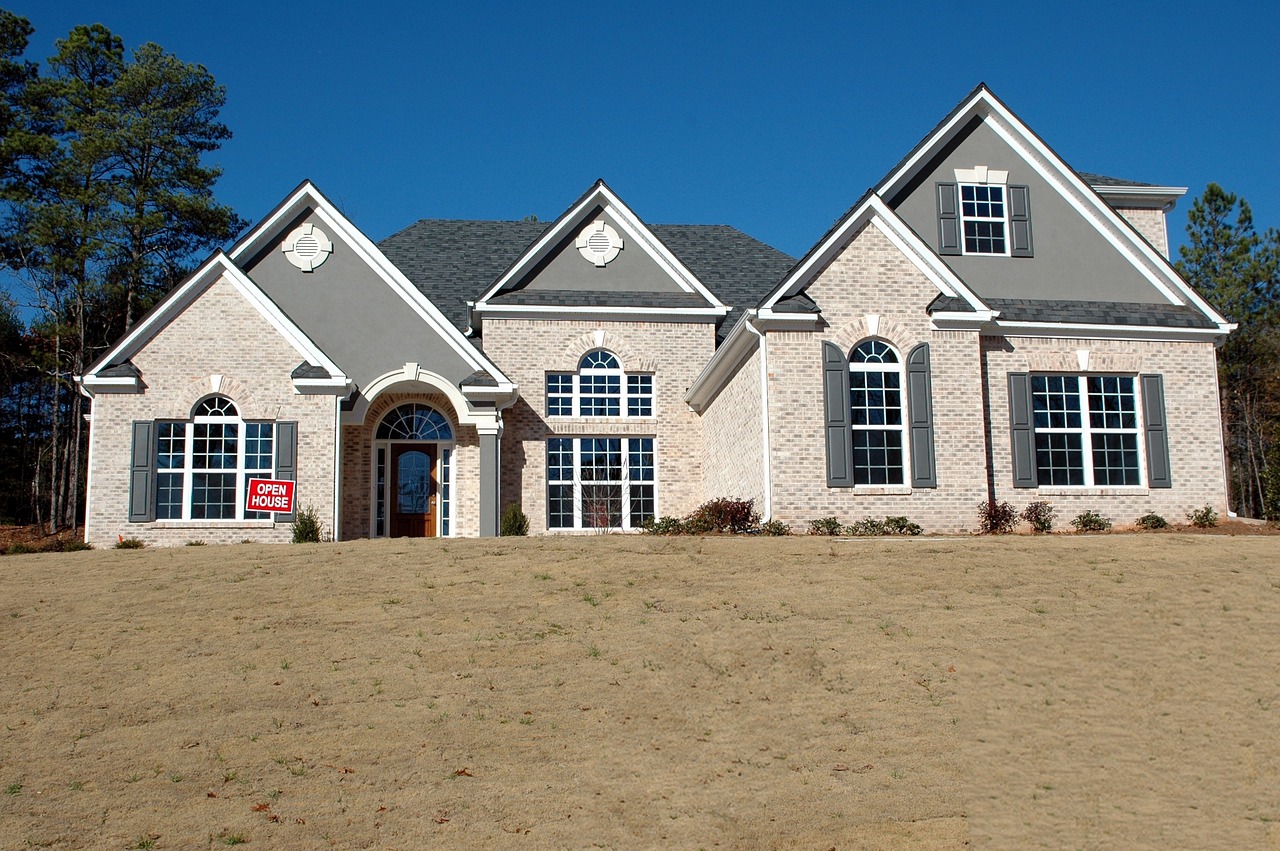
Improving Mobility and Accessibility
When it comes to ensuring the safety of our elderly parents, in their home is a game changer. Think of it this way: a home should be like a cozy nest, where every corner is easily reachable, and every step taken is secure. As they age, mobility can become a significant concern, and making simple modifications can dramatically reduce the risk of falls and injuries. So, what can we do to transform their living space into a haven of safety and comfort?
First off, we need to assess the layout of the home. Is it cluttered with furniture that obstructs pathways? Are there rugs that might trip them up? By taking a good look around, we can identify potential hazards and address them. A clutter-free environment not only looks better but also makes it easier for elderly parents to navigate their home without fear. Imagine walking through a maze; it’s stressful and exhausting! Now, picture a wide-open field where you can roam freely—that’s the kind of space we want to create.
One of the most effective ways to enhance mobility is by installing grab bars in key areas of the home. These sturdy supports can be lifesavers, especially in bathrooms and hallways where slips are most likely to occur. But where should you install them? Here are some ideal locations:
- Next to the toilet for easy sitting and standing.
- In the shower or bathtub to provide stability while bathing.
- Along hallways where balance may be a concern.
Additionally, choosing the right flooring can make a world of difference. Opt for materials that offer good traction and are slip-resistant. For example, vinyl and cork flooring are excellent choices as they provide a soft surface that minimizes the risk of slips compared to traditional tiles. Imagine walking on ice versus walking on a well-paved path; the difference in comfort and safety is profound!
Another crucial aspect of improving mobility is to create clear pathways throughout the home. This means decluttering spaces and arranging furniture in a way that allows for easy movement. Consider this: a well-organized pathway is like a well-marked road—it guides you safely to your destination without any bumps or detours. Make sure to remove any unnecessary furniture and keep frequently used items within easy reach. This simple act can empower elderly parents to move around their home with confidence.
Finally, let’s not forget about lighting. Proper illumination can drastically enhance visibility, making it easier for elderly parents to navigate their surroundings, especially during the evening. Consider installing motion-sensor lights in hallways and staircases to ensure they never have to fumble in the dark. Good lighting is like a beacon guiding them safely home!
By implementing these strategies, we can create an environment that not only promotes independence but also significantly reduces the risks associated with aging. Remember, every little change counts, and with a bit of effort, we can transform our elderly parents' homes into safe and welcoming spaces.
Q: What are some low-cost ways to improve mobility at home?
A: Simple changes like removing throw rugs, rearranging furniture for clear pathways, and adding non-slip mats in bathrooms can be very effective without breaking the bank.
Q: How can I encourage my elderly parents to use grab bars?
A: Explain the benefits of using grab bars for their safety and comfort. You could even involve them in choosing the design and placement to make them feel more comfortable.
Q: Are there specific lighting options that are best for elderly individuals?
A: Yes! Look for LED lights with adjustable brightness and motion sensors. These features can greatly enhance safety and make it easier for them to navigate their home.
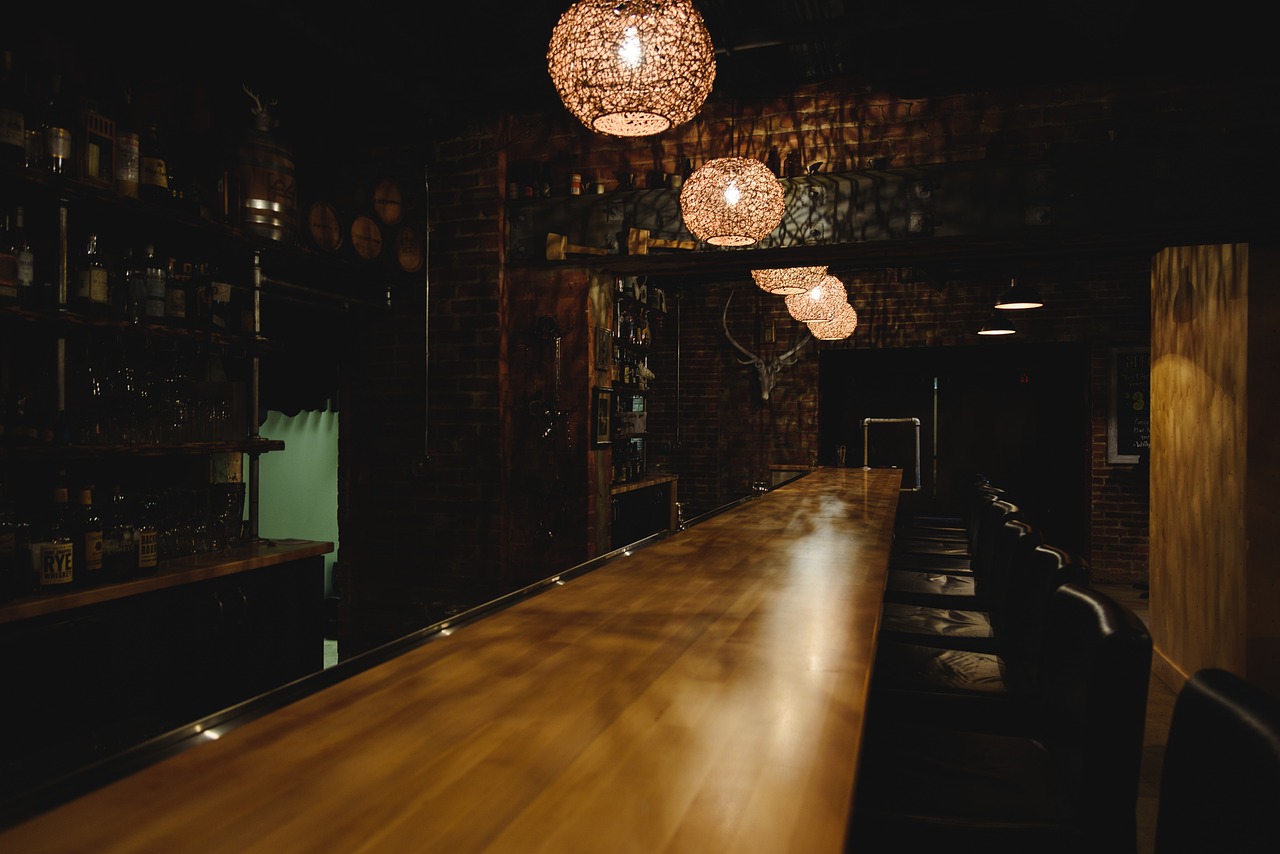
Installing Grab Bars
When it comes to ensuring the safety of your elderly parents at home, is one of the most effective modifications you can make. These simple yet powerful tools provide essential support in critical areas like bathrooms and hallways, where slips and falls are most likely to occur. Imagine your parents having the confidence to navigate their home without fear—grab bars can be that safety net! But where should you install them? And what types are best suited for different situations? Let's dive in!
First and foremost, the best locations for grab bars are in areas where your parents are likely to need extra support. Common spots include:
- Bathrooms: Install grab bars near the toilet and inside the shower or bathtub. This helps prevent falls during those slippery moments.
- Hallways: If your home has long hallways, placing grab bars along the walls can provide support while walking.
- Staircases: Consider adding grab bars next to stair railings to offer additional support while climbing or descending.
Now, let's talk about the types of grab bars available. You can choose from a variety of options:
| Type of Grab Bar | Description | Best Use |
|---|---|---|
| Straight Grab Bars | Simple bars that provide a sturdy grip. | Ideal for bathrooms and hallways. |
| Angled Grab Bars | Designed to provide support at an angle, facilitating easier access. | Great for shower stalls. |
| Foldable Grab Bars | Can be folded up when not in use, saving space. | Perfect for smaller bathrooms. |
When installing grab bars, it’s crucial to ensure they are securely anchored. Using a stud finder to locate wall studs will provide the strongest support. If you’re not comfortable doing it yourself, it’s worth hiring a professional. After all, safety is the name of the game! Additionally, make sure to choose grab bars that have a non-slip surface for added grip, especially in wet areas.
In summary, grab bars are a simple yet effective modification that can significantly enhance the safety and independence of your elderly parents at home. By installing them in strategic locations and choosing the right type, you can create a supportive environment that allows them to move around with confidence. So, why wait? Start making those changes today!
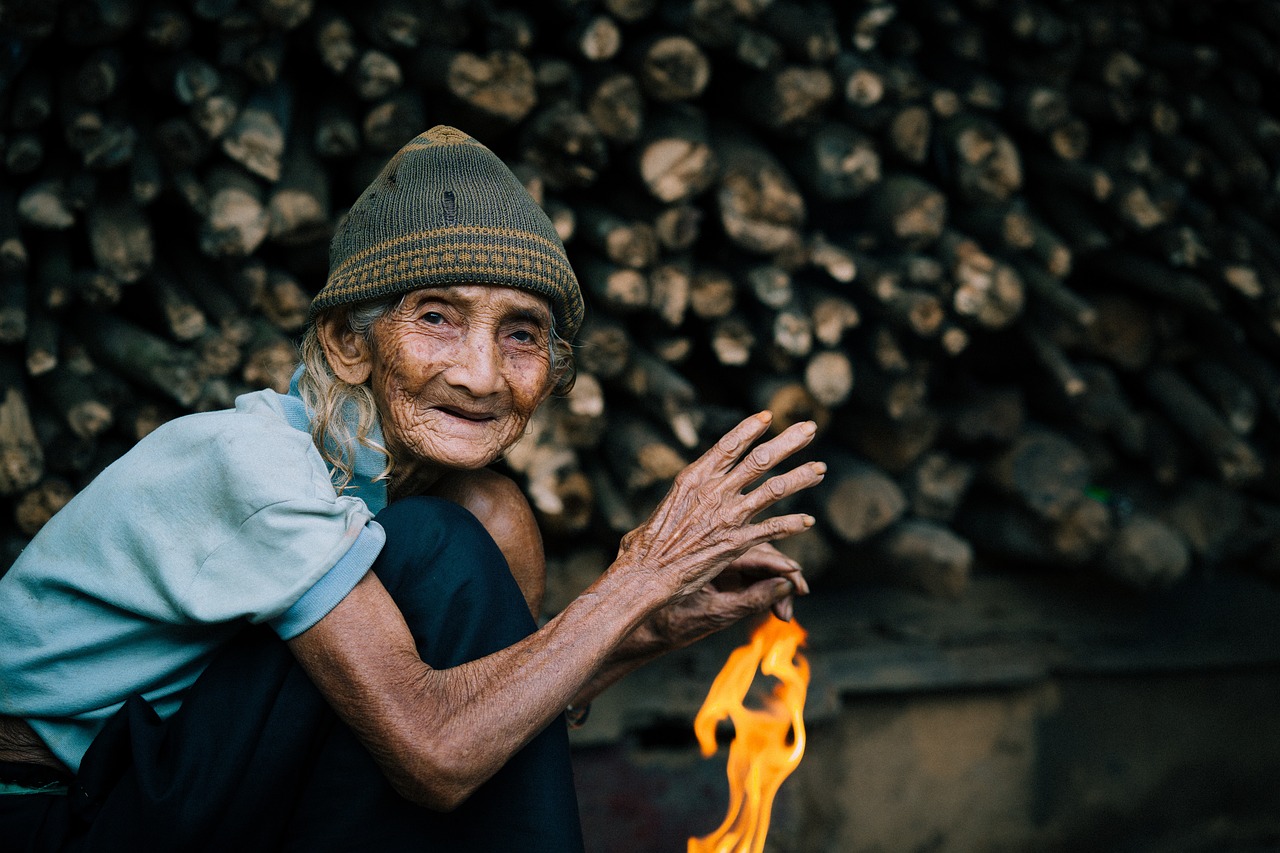
Choosing the Right Flooring
When it comes to making your home safe for elderly parents, one of the most critical yet often overlooked aspects is flooring. The right flooring choice can dramatically reduce the risk of slips and falls, which are unfortunately common among older adults. Imagine walking through your home and feeling secure with every step, as if the floor were giving you a gentle hug. That's the kind of environment we want to create!
First and foremost, you should consider materials that offer good traction. Avoid slick surfaces like polished hardwood or glossy tiles, which can be treacherous, especially when wet. Instead, opt for flooring options such as:
- Carpet: A soft carpet can provide excellent grip and cushion, reducing the impact of any falls. Look for low-pile carpets that are easier to navigate with walkers or wheelchairs.
- Vinyl: Modern vinyl flooring comes in various textures and styles. It is not only slip-resistant but also easy to clean, making it a practical choice.
- Laminate: High-quality laminate can mimic the look of wood or stone while providing better traction than traditional hardwood.
Next, consider the thickness of the flooring. Thicker materials can absorb shocks better, which is particularly beneficial if your elderly parents experience a fall. However, you also want to ensure that the flooring is not too thick to cause tripping hazards at transitions between rooms. A smooth transition is key!
Another important factor is the color and pattern of the flooring. Light-colored floors can sometimes create a sense of spaciousness, but they may also show dirt and stains more easily, which can be a concern for maintenance. Darker colors can hide stains but may make spaces feel smaller. Consider using a neutral color with a subtle pattern that can help in disguising any spills while still being visually appealing.
Finally, don't forget about maintenance. Some flooring options require more upkeep than others. For instance, carpets need regular vacuuming and occasional deep cleaning, while vinyl or laminate can typically be wiped down with a damp cloth. When choosing flooring, think about how much time and effort your elderly parents can realistically dedicate to maintenance.
In conclusion, selecting the right flooring is not just about aesthetics; it's a vital part of creating a safe and comfortable living space for elderly parents. By prioritizing safety features like traction, thickness, and ease of maintenance, you can help them navigate their home with confidence and ease.
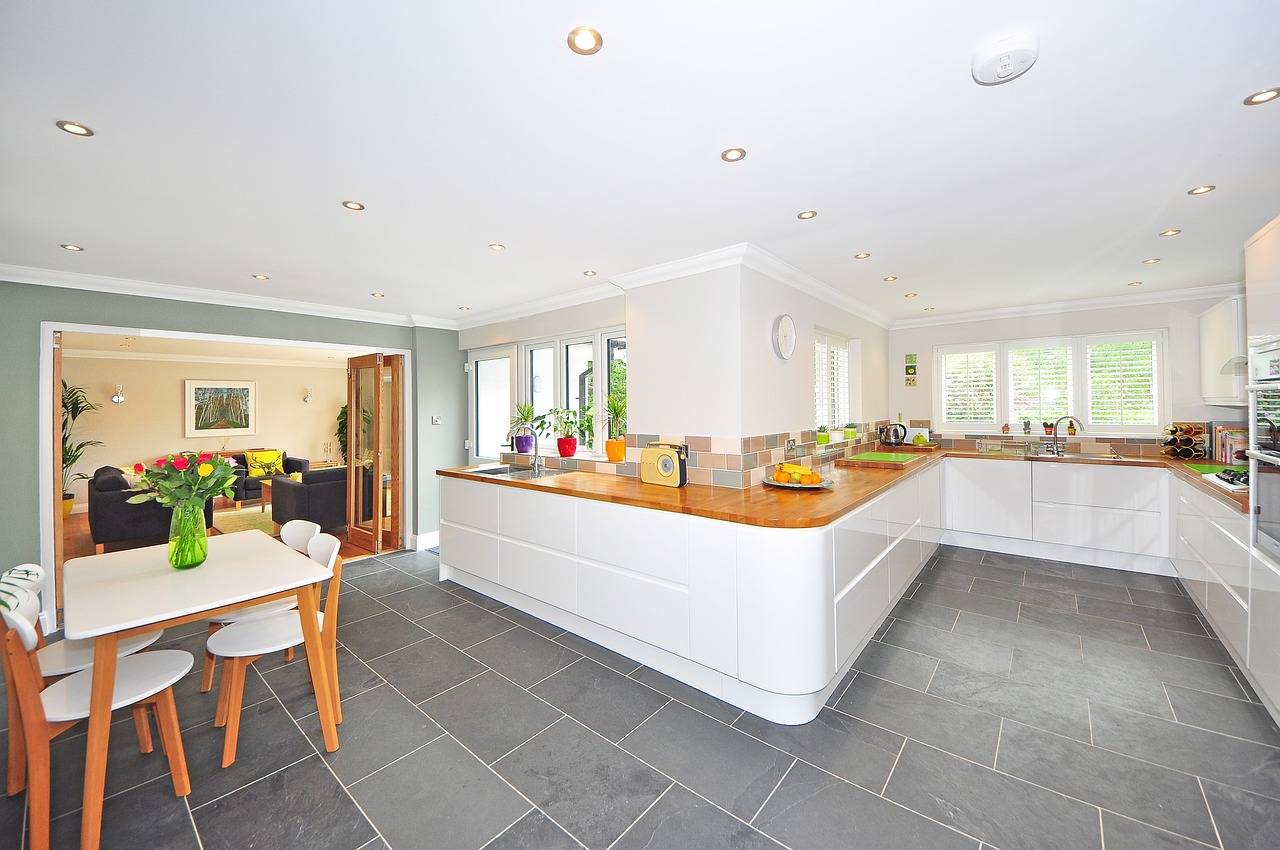
Creating Clear Pathways
When it comes to making your home safe for elderly parents, one of the most critical aspects is ensuring that there are clear pathways throughout the living space. Imagine navigating a maze filled with obstacles; that’s what it can feel like for someone with limited mobility. Decluttering and organizing your home can significantly enhance safety and accessibility, allowing your loved ones to move freely and confidently.
Start by examining each room and identifying potential obstacles. Items like furniture, rugs, and decorative pieces can create tripping hazards. Consider the following tips to create clear pathways:
- Remove unnecessary furniture: If a piece of furniture isn’t serving a purpose, it might be best to remove it. This creates more space and reduces the risk of falls.
- Rearrange furniture: Ensure that furniture is positioned to allow for easy navigation. Aim for at least 36 inches of space between larger pieces to facilitate movement.
- Secure rugs: If you have rugs, use non-slip mats or tape to keep them in place. Alternatively, consider removing them altogether to eliminate the risk of tripping.
Additionally, consider the layout of the home. Are there areas that are particularly cramped or difficult to navigate? In such cases, it might be worth consulting with a professional to redesign the space to better suit your parents' needs. Remember, the goal is to create a home that promotes independence while minimizing risks.
Don’t forget about outdoor pathways as well. Ensure that walkways are clear of debris and well-maintained. If your parents enjoy gardening or spending time outside, make sure the route to the garden is safe and accessible. This not only enhances their mobility but also encourages them to engage with their surroundings, which can be incredibly beneficial for their mental well-being.
In summary, creating clear pathways is an essential step in making a home safer for elderly parents. By taking the time to declutter and arrange furniture thoughtfully, you can help ensure that your loved ones can move around their home with confidence and ease.
Q: How can I encourage my elderly parents to keep pathways clear?
A: Encourage your parents to regularly assess their living space and remind them of the importance of keeping pathways clear. You could even offer to help them with this task as a bonding activity.
Q: What should I do if my parents have trouble moving around even with clear pathways?
A: If mobility issues persist, consider consulting with a physical therapist who can provide personalized recommendations and exercises to improve their strength and balance.
Q: Are there any specific tools or aids that can help with mobility?
A: Yes! Tools like walkers, canes, or mobility scooters can significantly enhance mobility. Additionally, installing grab bars in strategic locations can provide extra support.
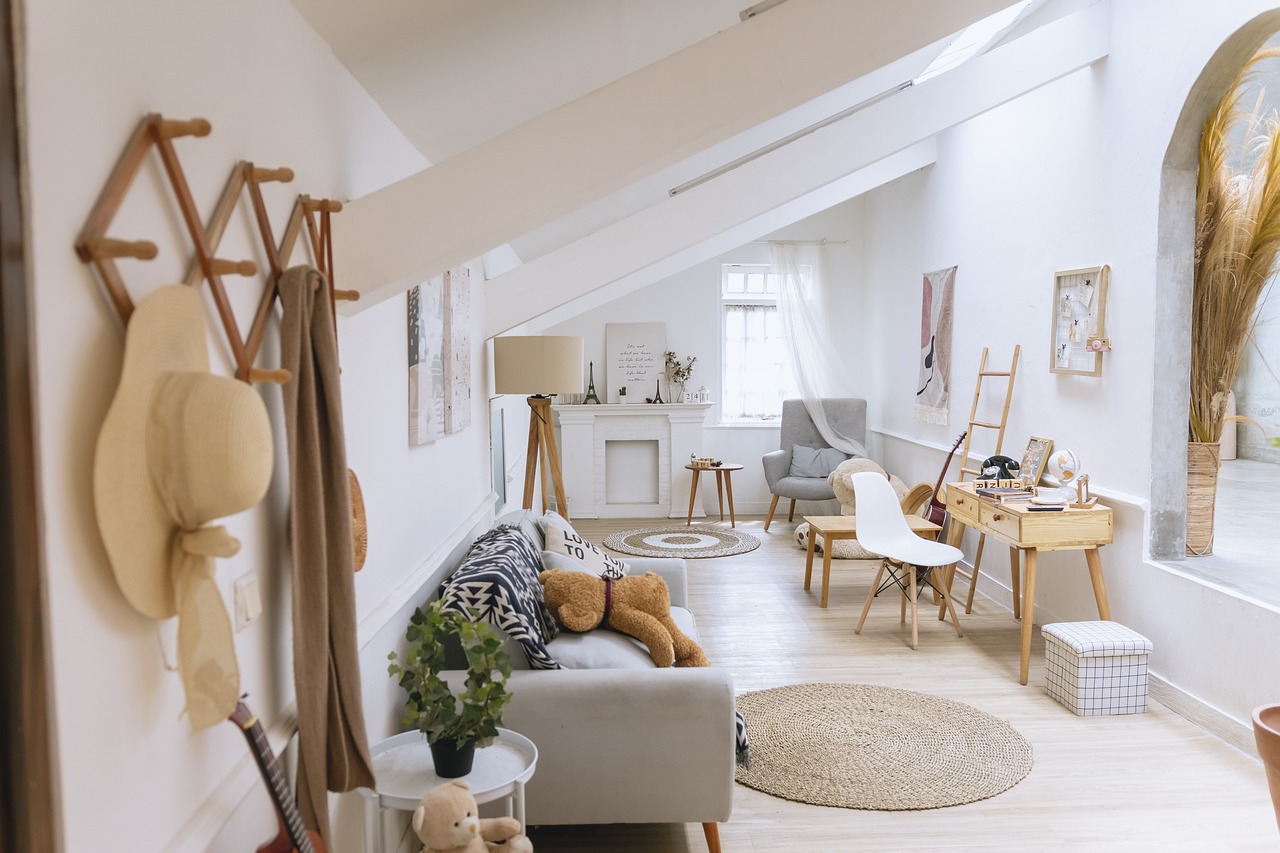
Enhancing Lighting
When it comes to ensuring the safety of elderly parents, adequate lighting plays a crucial role. Poor lighting can create a hazardous environment, leading to slips, trips, and falls. Imagine trying to navigate through a dimly lit room—it's like walking through a maze blindfolded! To prevent accidents, it’s essential to illuminate key areas in the home where your parents spend the most time. This includes hallways, staircases, bathrooms, and living areas.
One of the first steps in enhancing lighting is to evaluate the current lighting situation. Are there dark corners that could benefit from additional fixtures? Are the existing bulbs bright enough? You might find that simply replacing old bulbs with brighter, energy-efficient LED options can make a significant difference. Additionally, consider the color temperature of the bulbs; warmer tones can create a cozy atmosphere while cooler tones can enhance visibility.
Incorporating motion-sensor lights can also be a game-changer. These lights automatically turn on when someone enters a room or walks down a hallway, providing immediate illumination without the need for a switch. This is particularly beneficial during the night when your parents may need to get up for a bathroom visit. Imagine the peace of mind knowing they won’t have to fumble in the dark!
Moreover, it’s important to assess the placement of light switches. If your parents have to navigate a dark hallway just to reach the switch, it might be time to install additional switches or even smart lighting systems that can be controlled via a smartphone or voice commands. This not only enhances safety but also promotes independence by allowing them to manage the lighting themselves.
Lastly, don’t underestimate the power of natural light. Keeping windows clean and unobstructed can maximize daylight, making rooms feel brighter and more inviting. You might even consider using sheer curtains that allow light to filter through while still providing privacy. By creating a well-lit environment, you’re not just improving safety; you’re also enhancing the overall mood and comfort of the home.
- What type of lighting is best for elderly individuals? LED lights with warm color temperatures are often recommended as they provide bright illumination without being harsh on the eyes.
- How can I make my home safer for my elderly parents? Focus on enhancing lighting, removing clutter, and installing grab bars in key areas to improve safety and accessibility.
- Are motion-sensor lights worth the investment? Absolutely! They provide convenience and safety by ensuring that lights turn on automatically when needed.
- What should I include in an emergency kit for elderly parents? Include items like medications, a flashlight, a first-aid kit, and important documents to ensure they are prepared for unforeseen situations.
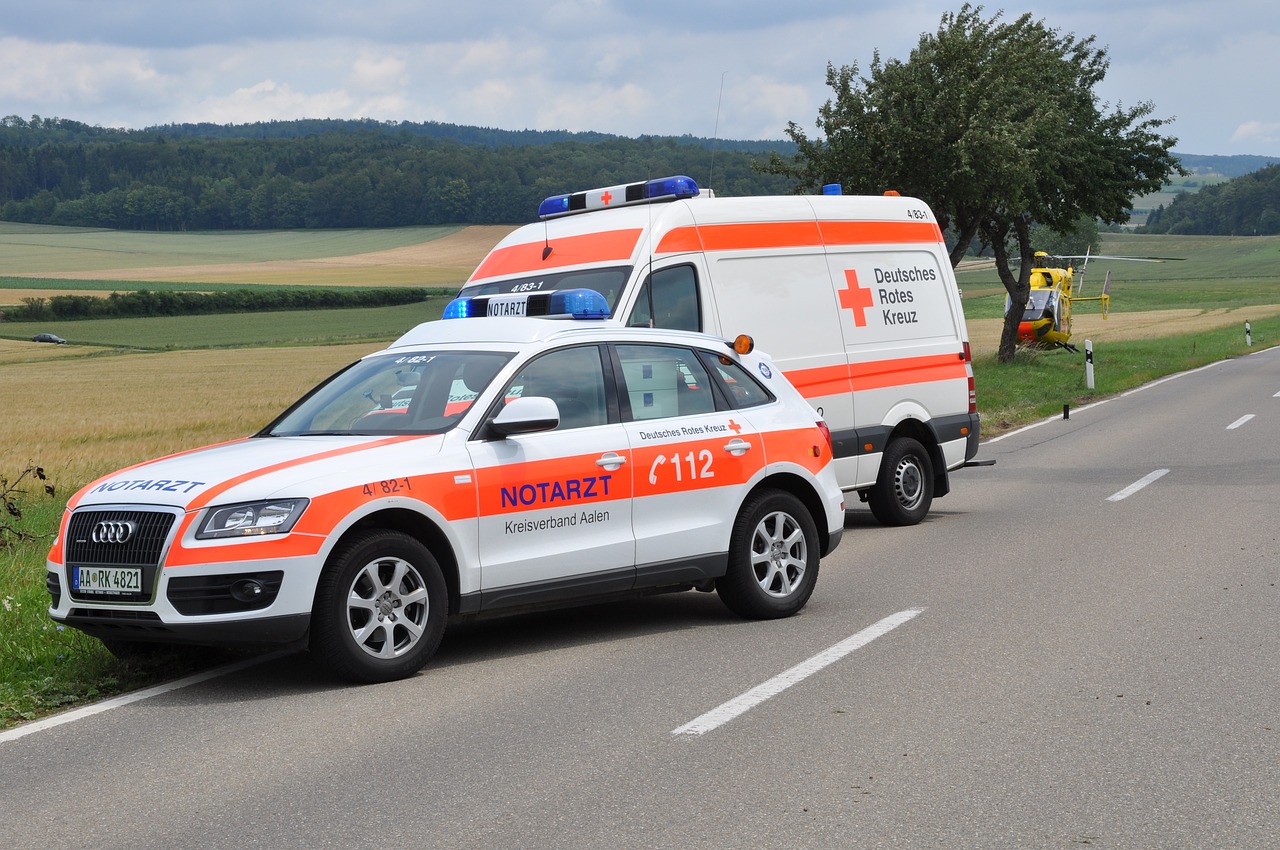
Emergency Preparedness
Being prepared for emergencies is not just a precaution; it's a lifeline. For elderly parents, having a well-thought-out emergency plan can mean the difference between safety and chaos during unforeseen situations. Imagine a scenario where a sudden storm knocks out power or a medical emergency arises. In those moments, having a strategy in place can alleviate stress and ensure quick responses. It's essential to create a comprehensive plan that not only addresses potential emergencies but also empowers your elderly parents to feel secure and supported.
First and foremost, talk to your parents about the types of emergencies that could affect them. This could range from natural disasters like hurricanes and earthquakes to medical emergencies. Once you have identified potential risks, you can begin to develop a tailored emergency plan. This plan should include clear instructions on what to do in each situation, who to contact, and where to meet if evacuation becomes necessary. Think of it as creating a roadmap for safety—one that everyone in the household can follow.
Next, equipping the home with essential tools can make a significant difference in emergency preparedness. Consider the following items that should be included in an emergency kit specifically designed for elderly parents:
- First Aid Supplies: Include bandages, antiseptics, and any necessary medications.
- Flashlights: Ensure they have a reliable flashlight with extra batteries.
- Emergency Contacts: A list of important phone numbers, including family members, doctors, and local emergency services.
- Water and Non-Perishable Food: Enough supplies to last at least 72 hours.
- Personal Identification: Copies of important documents like IDs, insurance cards, and medical records.
Additionally, consider the importance of establishing communication systems. In an emergency, staying connected can be crucial. Look into technology options that can help elderly parents reach out for help or alert family members. For instance, mobile phones with large buttons, medical alert systems, or even smart home devices can provide peace of mind. These devices can be a lifeline, allowing them to call for assistance at the push of a button.
Finally, practice makes perfect! Once you have developed the emergency plan and gathered the necessary tools, conduct regular drills with your elderly parents. This will help them become familiar with the plan and feel more confident in executing it. Just like a fire drill in school, these practice sessions can ensure everyone knows what to do when the real thing happens. Remember, preparedness is not just about having the right supplies; it's about fostering a sense of security and independence for your elderly parents.
Q: What should I include in an emergency kit for my elderly parents?
A: An emergency kit should include first aid supplies, flashlights, a list of emergency contacts, water, non-perishable food, and copies of personal identification documents.
Q: How can I help my elderly parents feel more secure in emergencies?
A: Establishing a clear emergency plan, equipping their home with necessary tools, and maintaining open communication can greatly enhance their sense of security.
Q: How often should we practice our emergency plan?
A: It's recommended to conduct emergency drills at least twice a year to ensure everyone is familiar with the plan and feels confident in executing it.

Establishing Communication Systems
This article explores essential strategies and modifications to ensure a safe and comfortable living environment for elderly parents, promoting their independence while minimizing risks associated with aging.
Identifying potential hazards in the home is crucial for ensuring the safety of elderly parents. This section outlines common risks and how to effectively assess them.
Enhancing mobility and accessibility in the home can significantly reduce the risk of falls. Here, we discuss practical modifications and aids that can help elderly parents navigate their surroundings safely.
Grab bars provide essential support in bathrooms and hallways. This subheading details the best locations for installation and the types of grab bars available for maximum safety.
The choice of flooring can impact safety. This section highlights flooring options that reduce slip risks and improve traction for elderly individuals.
Clear pathways are vital for mobility. Here, we discuss how to declutter and arrange furniture to create safe and accessible routes throughout the home.
Adequate lighting is essential for preventing accidents. This subheading covers the importance of good lighting and tips for effectively illuminating key areas in the home.
Being prepared for emergencies can save lives. This section discusses creating an emergency plan and equipping the home with necessary tools for quick responses.
In today's fast-paced world, establishing a reliable communication system for your elderly parents is not just a convenience—it's a necessity. Imagine a scenario where your loved one faces an emergency but has no way to reach out for help. This is where effective communication systems come into play. They serve as a lifeline, ensuring that your parents can easily alert you or emergency services when needed.
To create an effective communication system, consider the following options:
- Mobile Phones: Equip your elderly parents with user-friendly mobile phones that have large buttons and clear displays. Many models come with emergency buttons that can be programmed to dial a specific contact instantly.
- Medical Alert Systems: These devices allow seniors to call for help with the push of a button. Some systems even offer fall detection features, automatically alerting emergency services if a fall is detected.
- Smart Home Devices: Utilizing smart speakers and home assistants can facilitate hands-free communication. They can be programmed to make calls or send messages, which can be incredibly helpful in emergencies.
It’s also a good idea to set up a regular check-in schedule. Whether it's a daily phone call or a weekly visit, having a routine can ensure that your parents are safe and sound. You might even consider using video calls, which can add a personal touch and help you gauge their well-being visually.
Lastly, don’t forget to educate your elderly parents on how to use these communication tools effectively. Conducting practice sessions can boost their confidence and ensure they know exactly what to do in case of an emergency. With these systems in place, you can rest easy knowing that your loved ones are just a button press away from help.
An emergency kit is essential for unforeseen situations. Here, we outline the necessary items to include in a kit tailored for elderly parents’ needs.
1. What should I include in my elderly parent's emergency kit?
A well-rounded emergency kit for elderly parents should include essential medications, a first aid kit, water, non-perishable food items, a flashlight, extra batteries, and a list of emergency contacts.
2. How can I help my parents feel more comfortable using new technology?
Start with simple devices and take the time to teach them how to use the technology. Be patient and encourage practice, so they feel more confident and less intimidated.
3. What are some signs that my elderly parents may need more help at home?
Look for signs such as frequent forgetfulness, unexplained bruises, difficulty in mobility, or a general decline in their ability to manage daily tasks. These may indicate that they need additional support.
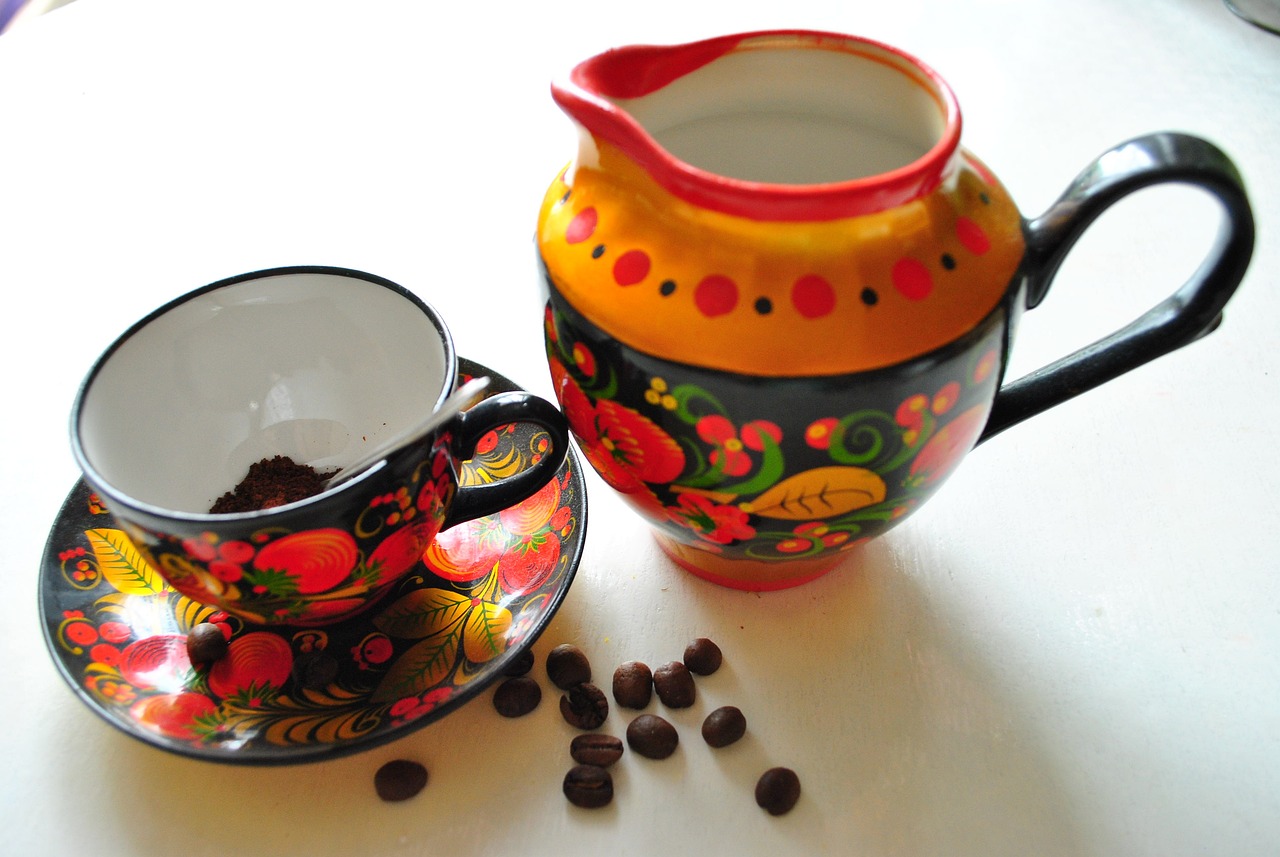
Creating an Emergency Kit
When it comes to ensuring the safety of your elderly parents, having an emergency kit is non-negotiable. Think of it as a safety net, ready to catch them in case of unforeseen circumstances. The goal is to equip them with the tools they need to handle emergencies effectively, whether it's a natural disaster, a medical issue, or even a power outage. But what exactly should go into this kit? Let's break it down!
First and foremost, consider the specific needs of your elderly parents. Their emergency kit should be tailored to address any chronic health conditions they may have. For instance, if they require medication, ensure that there’s a sufficient supply included in the kit, along with a list of prescriptions and dosages. It’s also wise to include a copy of their medical history, so that caregivers can quickly access essential information in case of an emergency.
In addition to medications, your emergency kit should contain basic supplies that can assist in various situations. Here’s a quick checklist of items you might want to include:
- First Aid Supplies: Band-aids, antiseptic wipes, gauze, and other first aid essentials.
- Flashlight and Batteries: Power outages can be disorienting, so a reliable flashlight is crucial.
- Non-perishable Food and Water: Stock up on items like canned goods, granola bars, and bottled water to sustain them during emergencies.
- Emergency Contact List: A printed list of family members, doctors, and local emergency services.
Another critical aspect of the emergency kit is ensuring that it is easily accessible. Store it in a designated spot that is known to both you and your parents, preferably in a location that is not prone to flooding or other hazards. You might even consider using a brightly colored container to make it easy to spot in a hurry.
Moreover, it’s a good idea to review the contents of the emergency kit every six months. This ensures that medications are not expired, food items are still safe to consume, and that the kit remains stocked with necessary supplies. Regularly updating the kit can also serve as a great opportunity to discuss emergency plans with your parents, reinforcing their understanding of what to do in different situations.
Finally, don't forget to incorporate some comforting items into the kit. An old family photo, a favorite book, or a small blanket can provide emotional support during stressful times. After all, an emergency can be overwhelming, and a little piece of home can make a world of difference.
In summary, creating a well-thought-out emergency kit for your elderly parents is a proactive step towards ensuring their safety and independence. It’s all about being prepared so that they can face any challenge head-on, with confidence and the right tools at their disposal.
Q: How often should I check the emergency kit?
A: It’s recommended to review the kit every six months to ensure all items are up to date and functional.
Q: What if my parents have specific medical needs?
A: Tailor the kit to include necessary medications and any medical supplies specific to their health conditions.
Q: Where should I store the emergency kit?
A: Choose a location that is easily accessible, known to both you and your parents, and safe from potential hazards.
Frequently Asked Questions
- What are some common hazards to look for in a home for elderly parents?
Common hazards include loose rugs, cluttered walkways, poor lighting, and slippery floors. It's important to conduct a thorough assessment of the home to identify these risks and address them promptly.
- How can I improve mobility for my elderly parents at home?
Improving mobility can be achieved by installing grab bars in key areas like bathrooms and hallways, choosing non-slip flooring, and ensuring that pathways are clear of obstacles. Simple adjustments can make a huge difference in their safety and comfort.
- What types of grab bars are best for installation?
There are various types of grab bars available, including straight bars, angled bars, and folding bars. The best choice depends on the specific location and the needs of your elderly parents. Always opt for sturdy, non-slip materials for maximum safety.
- How can I enhance lighting in my parents' home?
To enhance lighting, consider adding brighter bulbs, using motion-sensor lights, and ensuring that all areas, especially staircases and hallways, are well-lit. Natural light should also be utilized whenever possible to create a welcoming environment.
- What should be included in an emergency kit for elderly parents?
An emergency kit for elderly parents should include essential items such as medications, a flashlight, batteries, first aid supplies, water, and non-perishable food. It's also wise to include a list of emergency contacts and medical information.
- How can I establish effective communication systems for emergencies?
Consider using medical alert systems, smartphones, or even simple landline phones with large buttons. Ensuring that your elderly parents know how to use these systems is crucial for quick communication during emergencies.




